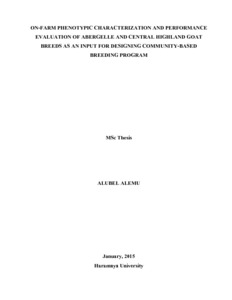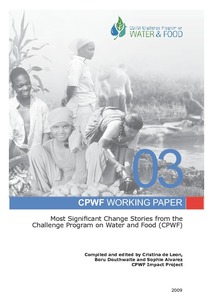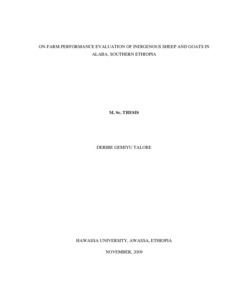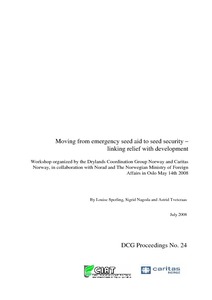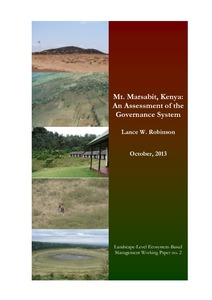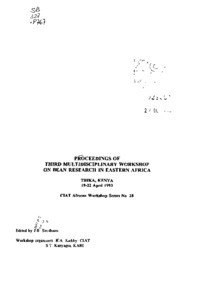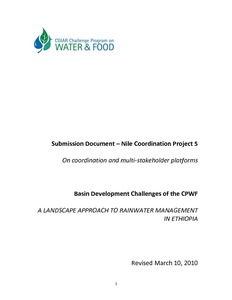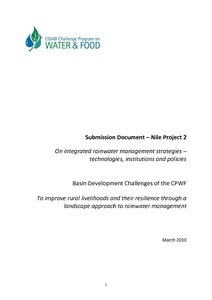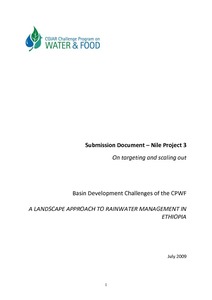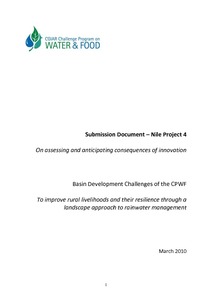On-farm phenotypic characterization and performance evaluation of abergelle and central highland goat breeds as an input for designing community-based breeding program
The objectives of this study were to describe the production environment and production systems, characterize (phenotypic) and evaluate on-farm performances of Abergelle and Central Highland goat breeds. A total of 256 farmers in Ziquala (68), Tanqua Abergelle (70) and Lay- Armachiho (118) districts were interviewed for the household survey.

